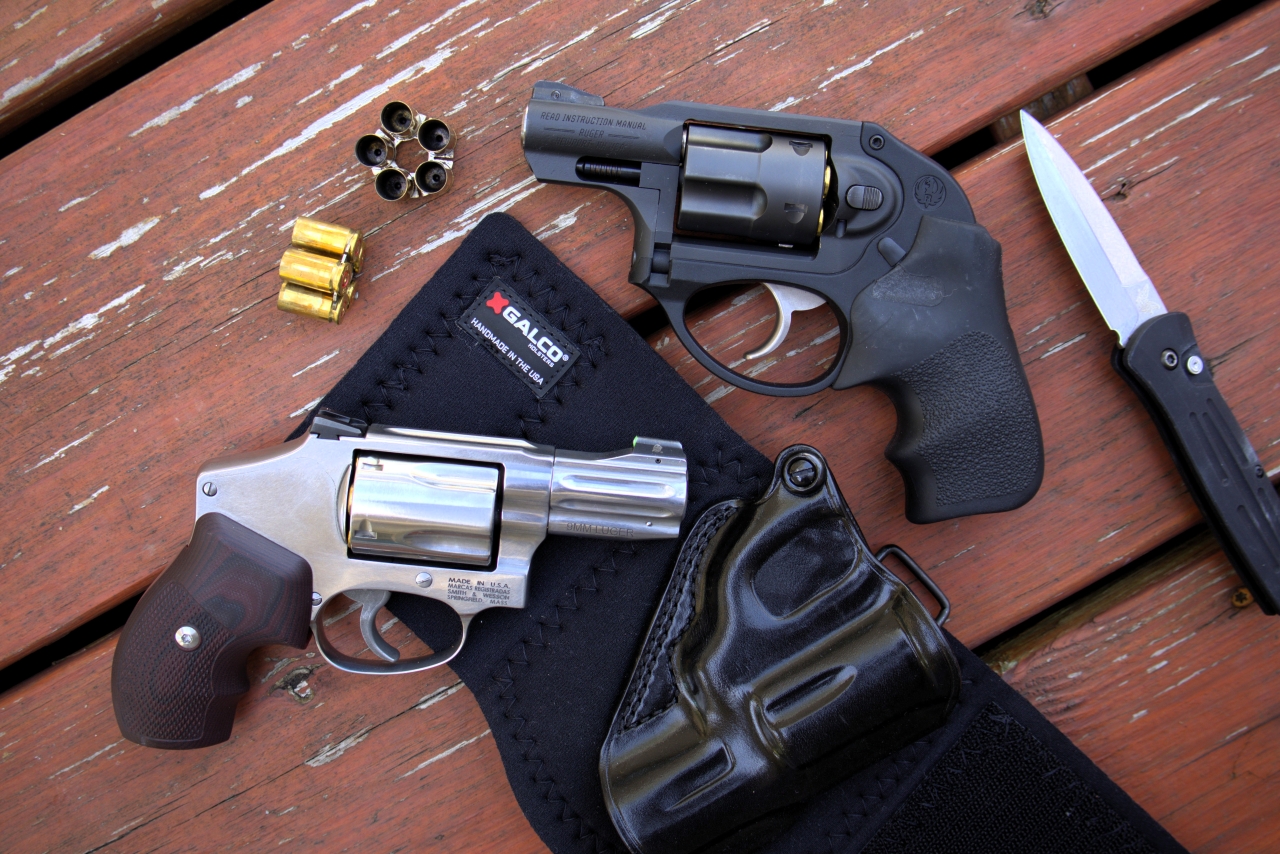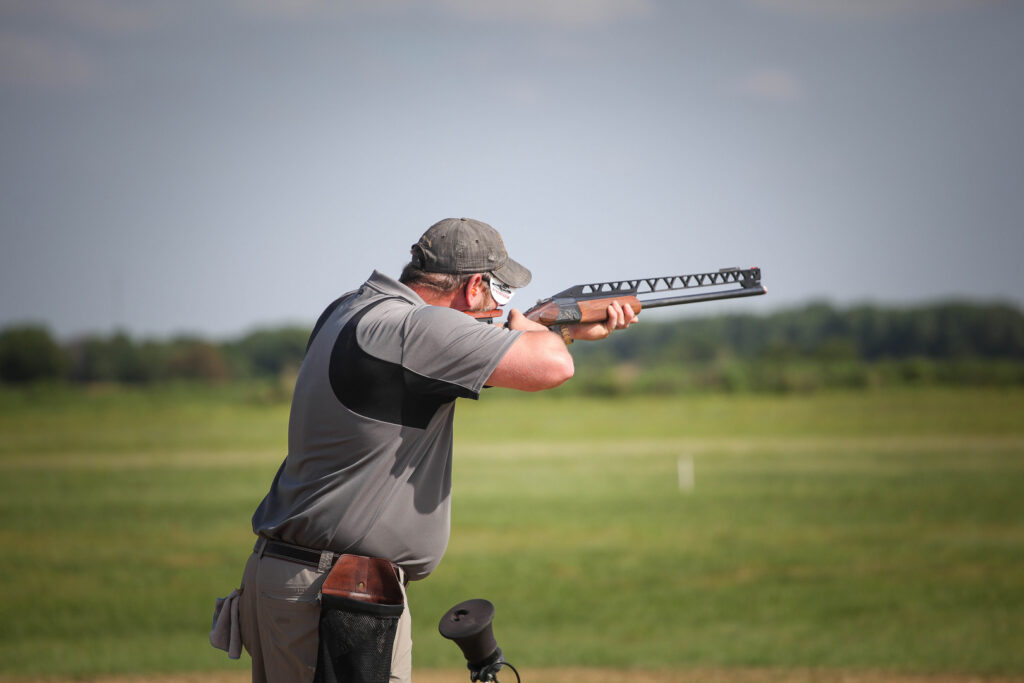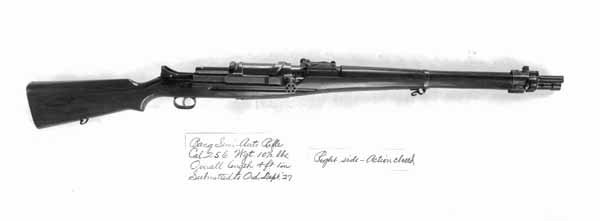Revolvers chambered for 9mm Luger are a small, but growing niche with an even mix of upsides and downsides. 9mm revolvers are increasingly popular in competition work, but they are particularly compelling in small-framed revolvers aimed at the personal defense market. Case in point: the Ruger LCR and the Smith & Wesson 940.
A Comparison: Ruger LCR vs. S&W 940
The Smith & Wesson 940: Old and New
1991 was an odd year in law enforcement and commercial firearms sales. 9mm pistols were taking over the market, and rounds like 10mm and .40 S&W were about to overtake them in short order. All of these rounds sought to take the place of lower capacity revolvers in .38 Special and .357 Magnum that were leaving service in favor of higher capacity autoloaders.
That left famed revolver maker Smith & Wesson in the lurch. But its J-frame five-shot .38 revolver was still a popular seller and a viable backup gun. That year, Smith & Wesson decided to chamber their all-steel hammerless Model 40 Centennial in 9mm. After some tepid sales, the 940 revolver was discontinued seven years later before being brought back by Davidson’s in 2025.
Advertisement — Continue Reading Below

The old Model 940 was built on the old .38 caliber frame, while the new 940 is built on the longer Magnum J frame with a longer cylinder and a slightly longer 2 1/4 inch fluted barrel. The fixed sights are upgraded to a dovetailed tritium night sight and a corresponding black notch that is also dovetailed for windage adjustments. The revolver also comes with a set of black cherry VZ grips, but will take any round-butt J-frame grip that you prefer.
The new S&W 940 is still a five-shot revolver that chambers 9mm Luger rounds using moon clips. It is an all-stainless-steel handgun and has a fully enclosed hammer for a snag-free draw. As such, it is double-action only and can be fired only by pressing the trigger all the way to the rear.
Advertisement — Continue Reading Below
The Ruger LCR: The New Kid On the Block
Ruger made its business with all-steel revolvers for decades, while Smith & Wesson carved a path with weight-saving aluminum and scandium-framed handguns. Industrywide, polymer-framed striker-fired handguns began to dominate in the 2000s. Sensing a path forward, Ruger introduced the LCR or Lightweight Compact Revolver in 2008.
The revolver incorporates a polymer grip frame, while the stress-bearing cylinder frame, barrel, and barrel shroud are all-steel or aluminum. The original model is a shrouded hammer five-shooter chambered in .38 Special with an aluminum cylinder frame. The .357 Magnum version uses a reinforced steel cylinder frame. The 9mm version built on the .357 frame was introduced in 2014.
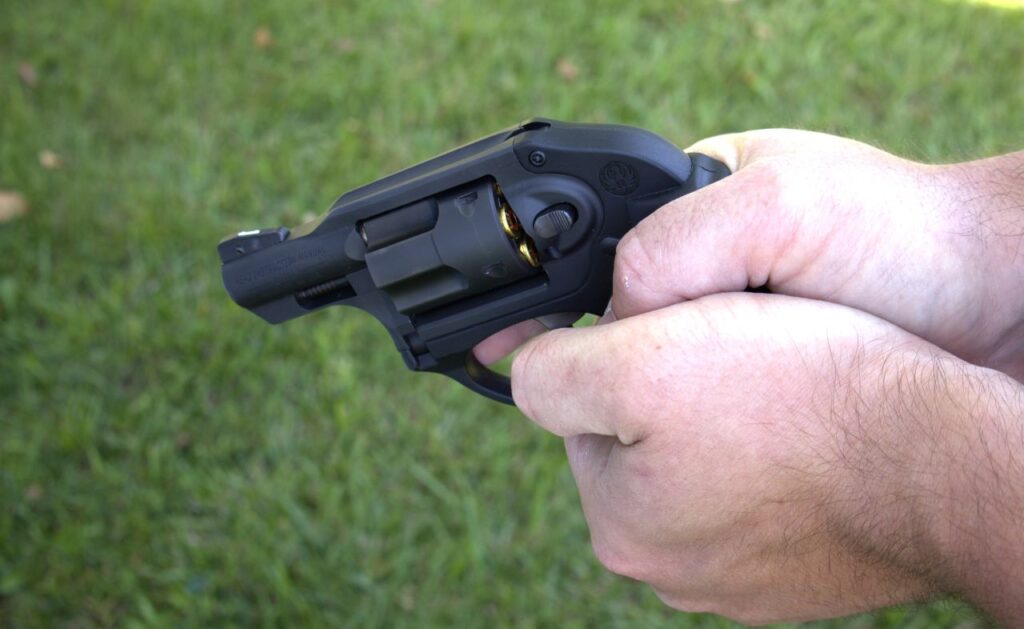
Advertisement — Continue Reading Below
The base 9mm LCR carries five rounds and uses moon clips. Like the 940, it is a double-action-only revolver. However, the revolver uses a cammed trigger that reduces friction and pull weight. The sights consist of a fixed rear groove in the top strap of the cylinder frame and a pinned front ramp that can be drifted out and replaced by more high-visibility options. Grip options vary with the LCR, but the stock model comes with the short Hogue Tamer grip that complements the polymer frame and makes short work of recoil forces.
Head to Head: The Ruger LCR vs. Smith & Wesson 940
On the face of it, the 940 and Ruger LCR are mechanically similar if you were to pick them up off the shooting table and fire away. Both hold five rounds. Both can load 9mm Luger cartridges with moon clips for both quick loading and rapid unloading of the rimless semi-auto 9mm cases. Finally, both have enclosed hammers for a snag-free draw, and both operate by simply a long press of the trigger for every shot.
The Weigh In
In the hand, the all-steel 940 is both trimmer and heavier than the Ruger LCR. The overall height of the 940 is 4.4 inches, which is 1/4 inch shorter in the cylinder frame compared to the LCR. Fully loaded, the 940 weighs 25.6 ounces. The LCR weighs 19.4 ounces and is a touch shorter with a 1 7/8 inch barrel instead of the 2 1/4 inch barrel on the 940. Otherwise, the cylinder width is identical. The Tamer grip and barrel shroud on the LCR also give an overall larger outline for a handgun that is actually lighter than its competitor.
Advertisement — Continue Reading Below
Ergonomics
The Hogue grip on the LCR allows for a full and commanding firing grip, but is a little large for pocket carry. This version of the Smith 940 comes with grips that are not as grippy, both literally and figuratively, but are smaller and do not print in the pocket. But thanks to the girth of the LCR and the weight of the 940, neither are true pocket pistols, but both excel as lightweight belt or coat pocket guns.
Both revolvers have swing-out cylinders and short ejector rods for knocking out the empty cases, or in this case, to knock out the empty moon clip full of empty cases. The cylinder release latches differ between the Ruger and the Smith & Wesson.
To get the cylinder out for loading, the cylinder release is actuated and the cylinder pushed out from the right side to the left. The Ruger uses a release button that invites you to push it. The Smith & Wesson has a slightly less obvious release latch that the user pushes forward instead of pressing inward. Both latches are easy to use, and neither will come close to unlocking by itself.
Advertisement — Continue Reading Below
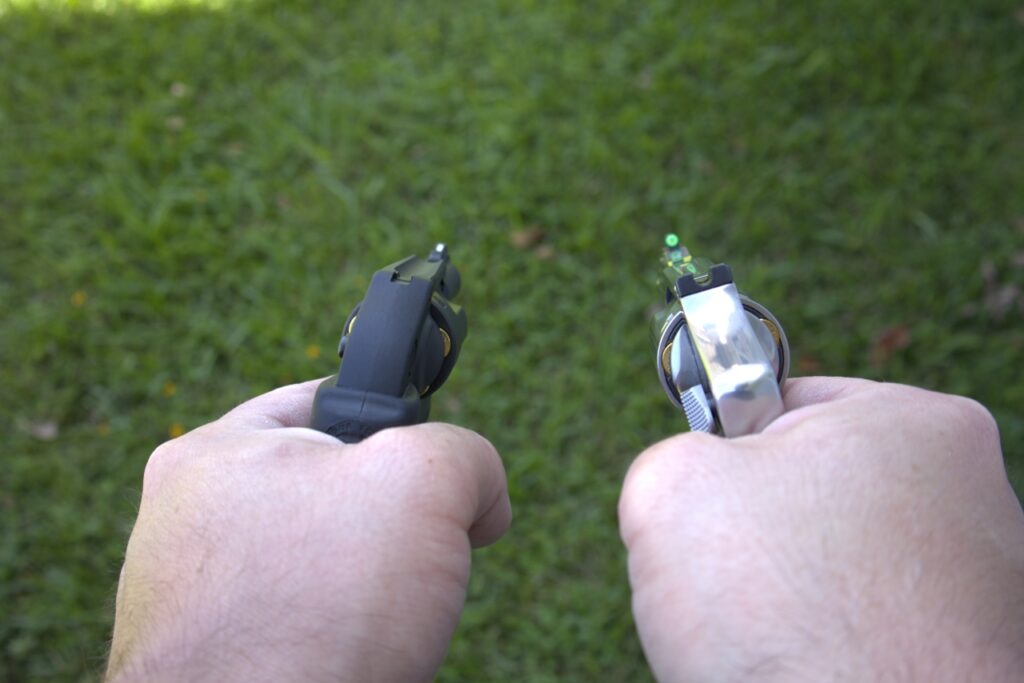
Over the original 940, the Ruger has superior sights as the front sight has a white outline and is more readily visible. The biggest advantage is that it is pinned in place and can be removed. Typical snub-nose revolver sights are milled in and unchangeable. The new 940 comes with XS sights that are easy to pick up, even in low light. On the other hand, XS does make a system for the LCR if the stock setup is a bother.
On the Firing Line with the Ruger LCR and the S&W 940
In a nutshell, the S&W 940 looks nicer and is slightly smaller for carry, while the Ruger LCR is more ergonomic and lighter to carry. If you are used to the eight-pound rolling hill of a trigger that is on any other Smith & Wesson revolver, the 940 is predictable and appealing. The all-steel frame soaks up recoil from the 9mm round. Interestingly, while the 9mm operates at the same pressure as the .357 Magnum cartridge, standard-pressure 9mm feels more like a moderate .38 Special load.
Advertisement — Continue Reading Below

Although the LCR is lighter, the Hogue grip cushions the hand, and muzzle rise and recoil are about identical to the 940. I also found the trigger on the LCR to be longer, but lighter, with a 6.5 lb. break. This might be especially appealing for shooters who may be new to revolvers. While I have far more trigger time with Smith & Wesson revolvers, I was able to pick up the LCR and shoot it about as accurately at distances ranging from 7 to 25 yards.
And the Winner Is?

Advertisement — Continue Reading Below
One peculiar benefit that allows the LCR to edge out the Smith & Wesson, at least in my mind, is the ability to shoot the revolver without moon clips. The 9mm round is held by the mouth of the case against the shoulder in the cylinder, like it is in the barrel of a semi-auto pistol. The moon clips only act as a way to eject the rimless cases once you are done firing.
In the LCR, bare 9mm bullets sit proudly in the cylinder and will fire without fail. The 9mm cartridges, when used in the 940, will sink lower in the cylinder and sometimes fail to fire. As such, in a comparison only, I declare the Ruger LCR the winner—marginally. It’s mix of good ergonomics, a great trigger, and uncompromised reliability with loose ammunition puts it over the top as the best 9mm snubbie on the market today.
Advertisement — Continue Reading Below
